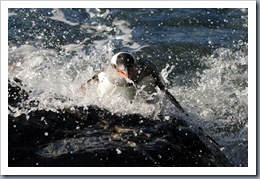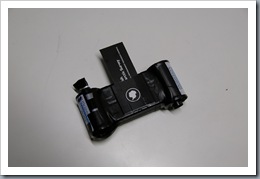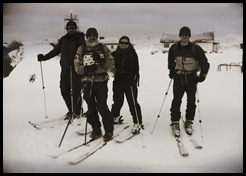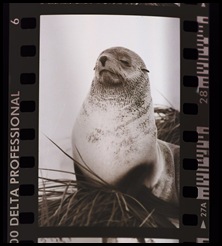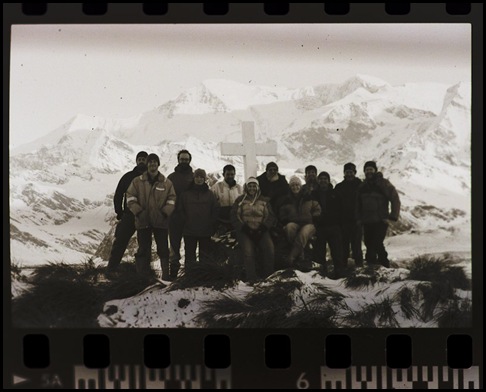As I am coming to the end of my 2 year position as the Zoological field assistant here at King Edward Point I have been handing over to my replacement Daniel. This has meant fewer treks over to Maiviken, especially if it’s raining or snowing! I have been a few times recently though, to give Daniel a weekend off, and when he was doing 2 days of field training with the outgoing base commander who is also a field guide.
Having had some fun in the darkroom developing black and white photos I have been more interested in what black and white can do for my photography. There was a nice chunk of ice over in Maiviken and I had a bit of a play around with it to see how it would look. I think it works quite well with the high contrast treatment.
On my way back from Maiviken I stopped of in Grytviken. Sunlight kept breaking through, and seemed to highlight the textures of the whaling station. With creative juices flowing I took a few more photos to see how they would work out.
Two old fishing/sealing/whaling ships make a great place to take photos in Grytviken. I really like the rusting metal and flaking paint. There are also various lines securing them together, and offering interesting leading lines for the eye.
Looking up at the bow gave an interesting perspective. The rusting hulk bearing down on you, the decay of the ship, the decay of it’s whaling past, the two holes look almost like eyes, or nostrils, maybe the blow holes of a whale viewed from above.
My experiment worked well I feel, and I really need to visit again, maybe spend a day just wandering around, exploring, soaking in the atmosphere, getting a feeling for what might work. It’s good fun experimenting.
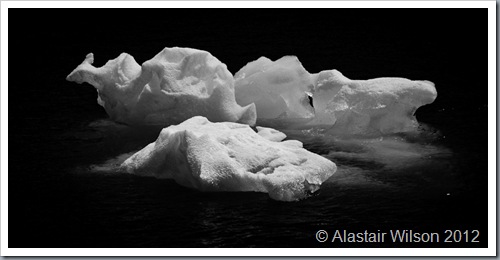

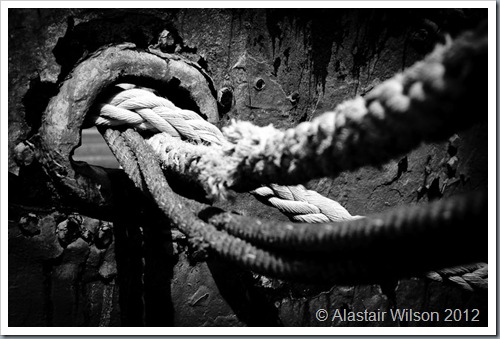
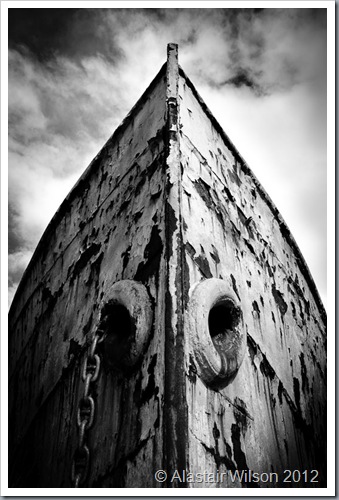

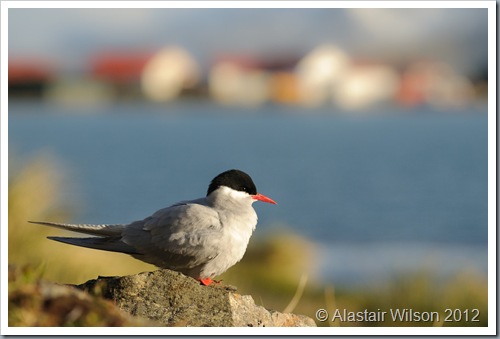

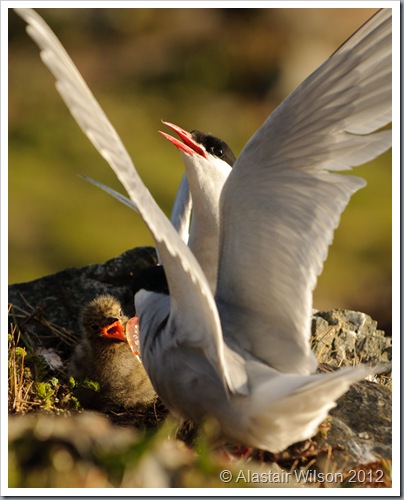

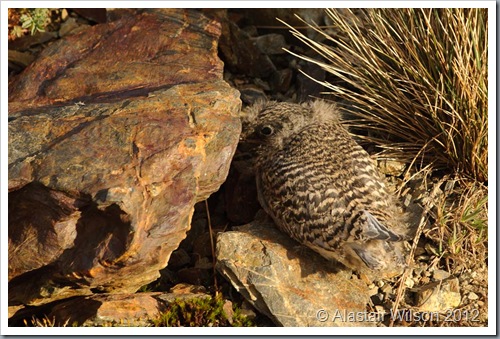

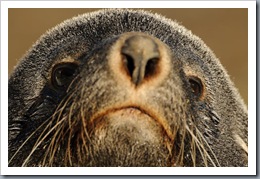 Big male keeping a good watch
Big male keeping a good watch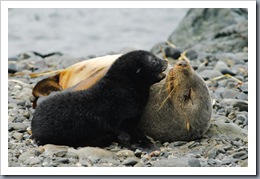 Play with me mum!
Play with me mum! Not now I’m sleeping
Not now I’m sleeping
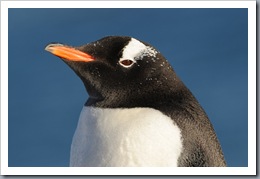 Basking in the evening sun
Basking in the evening sun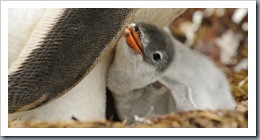 Chick trying to find food under it’s parents wing
Chick trying to find food under it’s parents wing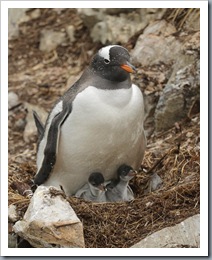 Two nice healthy chicks
Two nice healthy chicks
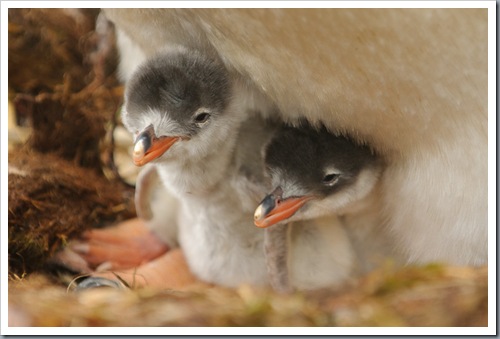 Cute chick close up
Cute chick close up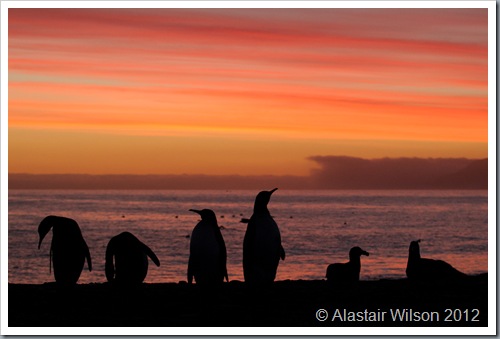 King Penguins and Giant Petrels all in different poses at dawn
King Penguins and Giant Petrels all in different poses at dawn
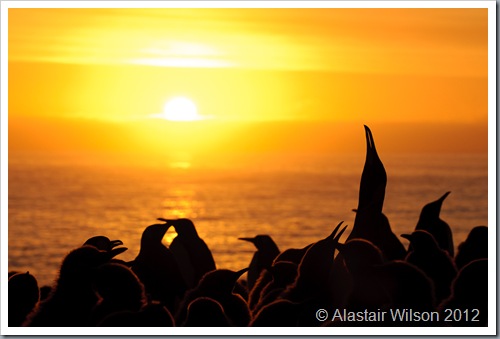
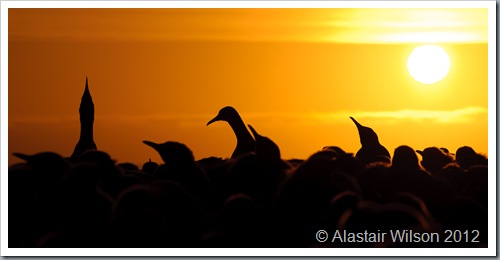

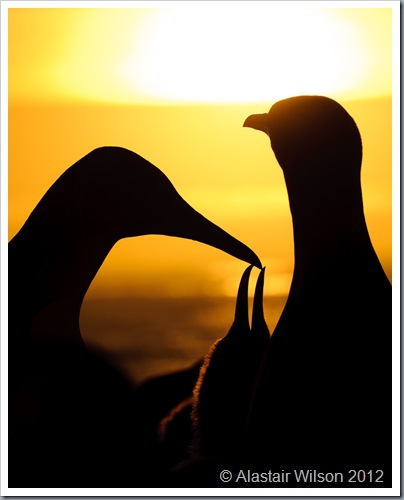
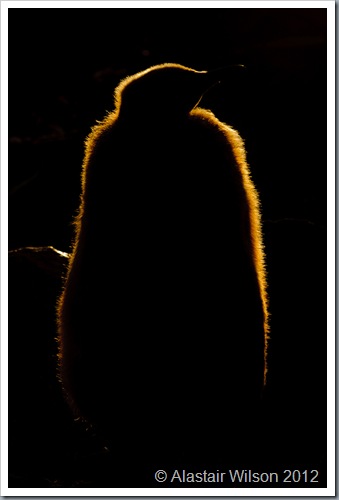 Golden down
Golden down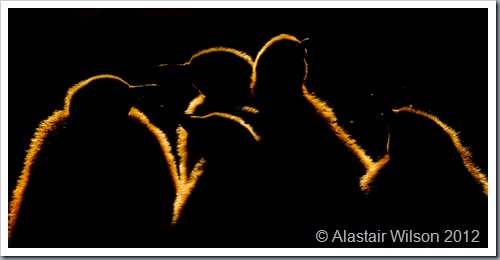

 Chicks huddled together, backlit by the low sun
Chicks huddled together, backlit by the low sun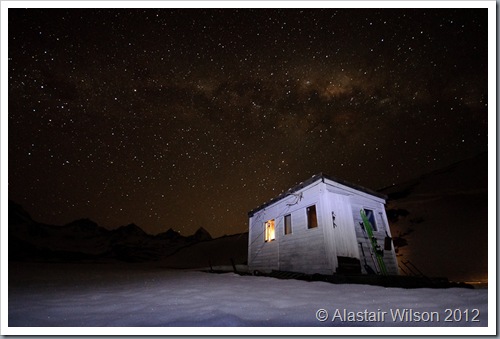
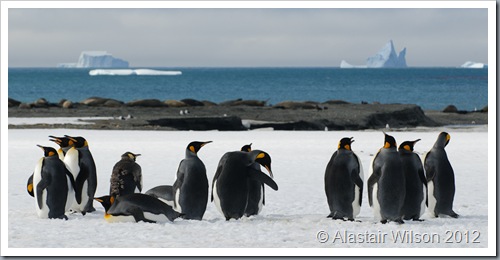
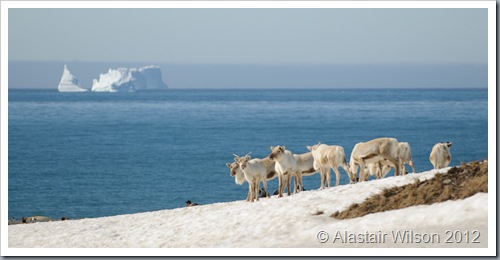
 The Milky way stretches across the sky over the thousands of Kings. Exploring the beach during the night was an incredible experience, it got particularly scary while taking this shot as two males began fighting on the beach behind me!
The Milky way stretches across the sky over the thousands of Kings. Exploring the beach during the night was an incredible experience, it got particularly scary while taking this shot as two males began fighting on the beach behind me!

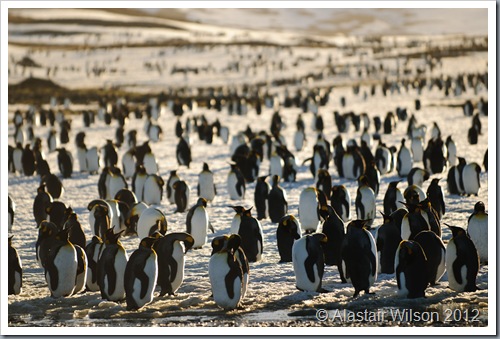
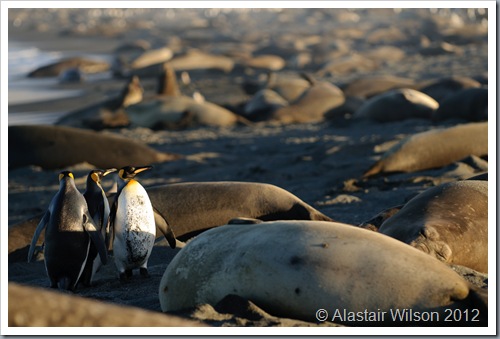

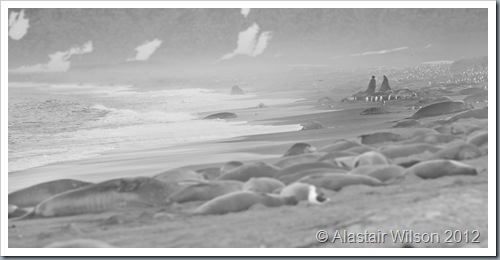
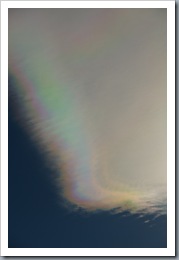

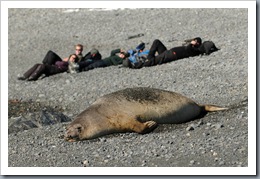 Sharing the beach with wildlife
Sharing the beach with wildlife Curious fur seal having a sniff
Curious fur seal having a sniff